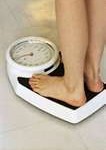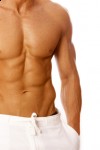Usually I write about Chinese herbs, but today’s a brief diversion on a compelling topic.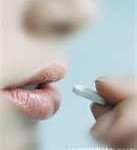
If you’re like most Americans your medicine cabinet is stocked full of over-the-counter medicine (OTC) and probably at least a few prescription medications. But did you know that taking OTC acetaminophen can be poisonous and can cause serious liver damage. UCLA experts warn that combining many pharmaceutical drugs such as vicodin and percocet for pain with an OTC cold and flu medicine can be a deadly liver cocktail. New data is just surfacing because liver transplants are hitting an all time high in the U.S. Turns out the number one cause of liver damage is acetaminophen poisoning from long term overdosing.
We know you didn’t mean to overdose but did you realize more than two extra strength tablets or 650 milligrams daily is the U.S. FDA recommended dose? This lower and safer dosage was recommended by the FDA’s own advisory board in June 2009, but this recommendation has yet to be acted on as of this publishing date.
Are you using Tylenol®PM as a sleep aid or Tylenol® extra strength for menstrual cramps? You may be causing liver damage. It’s seems negligent of the manufacturers to withhold this information, it certainly has not been widely publicized. Labeling laws have been slightly modified (if you read the extra small print on packages) but you are not going to hear this information on TV or a radio commercial.
If your prescription drugs have the abbreviation “APAP” on the label, the medicine contains acetaminophen, and may cause liver damage. (But not all drugs are marked so check with you pharmacist.) If your taking any combination of over-the-counter drugs and prescription drugs containing acetaminophen, you may cause liver damage. If you add alcohol to this mix you are certain to cause liver damage and your poor liver will need to check into a rehab facility for some serious down time.
Not to be flippant about the very serious side effects of acetaminophen but if you combine any OTC sinus caplet, cold and flu formula, a pain reliever, Sudafed®, Excedrin®, Tylenol®, Pamprin®, Benadryl®, Premsyn®, CVS® decongestant, Eckerd® Pain relief, Thera flu ®cold packets, Vicks® DayQuil or NyQuil, arthritis pain relief caplets (just to name a few) together on any given day your most likely going over the recommended/safe zone for acetaminophen. You guessed it, more liver damage.
Take a vacation from the OTC medicines and get yourself some all natural 100% safe Chinese herbs. You’ll feel better and your liver will thank you.
- Aug. 13, 2010 LA Times Reports Tylenol linked to Asthma in Teens
- Herbs treat acetaminophen liver damage.
- http://www.nlm.nih.gov/medlineplus/druginfo/meds/a681004.html

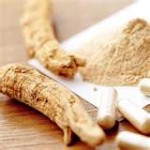
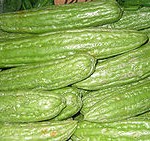
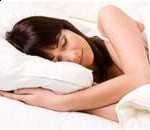

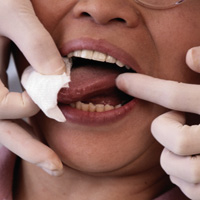
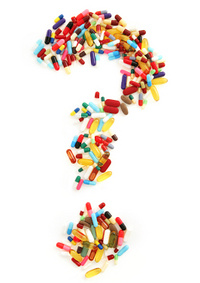 Labels on most herbal products in the US provide little to no information regarding the amount of fillers ie. starch, otherwise known as excipients. Excipients are inactive substance used as a carrier or any ingredient that is added to adjust the intended dosage. Often excipients are used to achieve a uniform 5 to 1 herb ratio. (Basically a diluents). Excipients are also used to improve administration such as making capsules or pressed pills.
Labels on most herbal products in the US provide little to no information regarding the amount of fillers ie. starch, otherwise known as excipients. Excipients are inactive substance used as a carrier or any ingredient that is added to adjust the intended dosage. Often excipients are used to achieve a uniform 5 to 1 herb ratio. (Basically a diluents). Excipients are also used to improve administration such as making capsules or pressed pills.